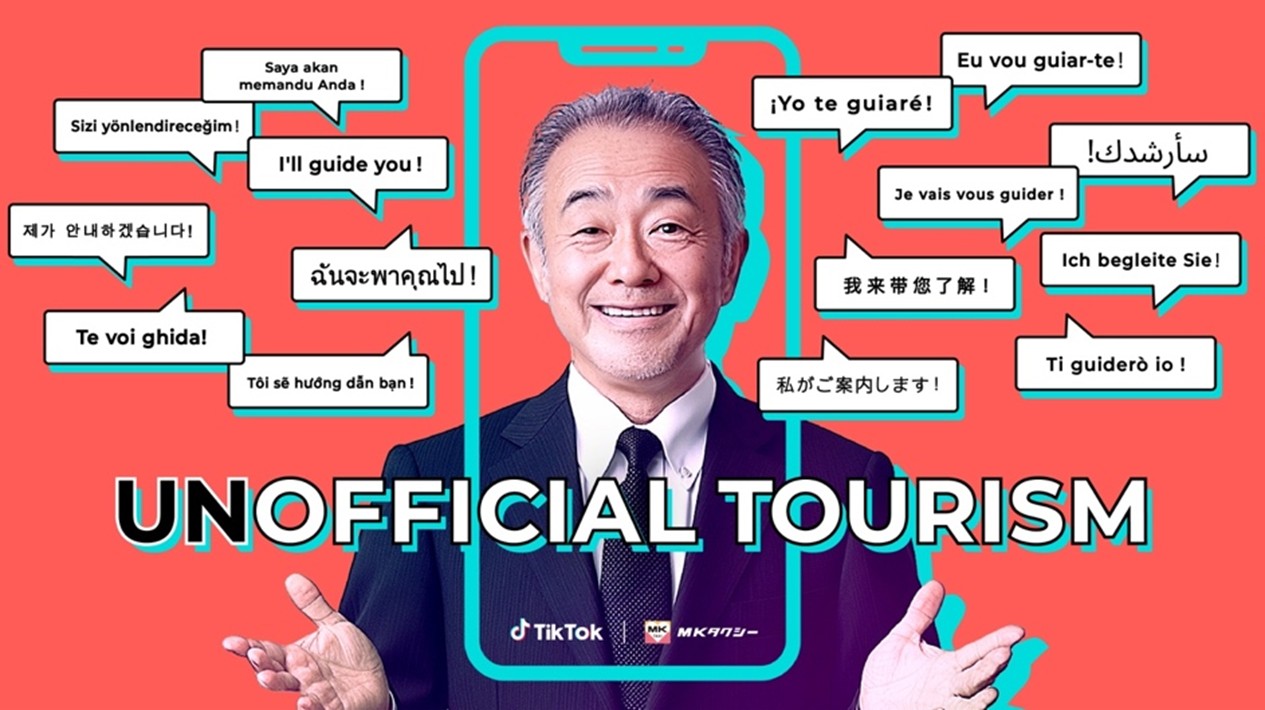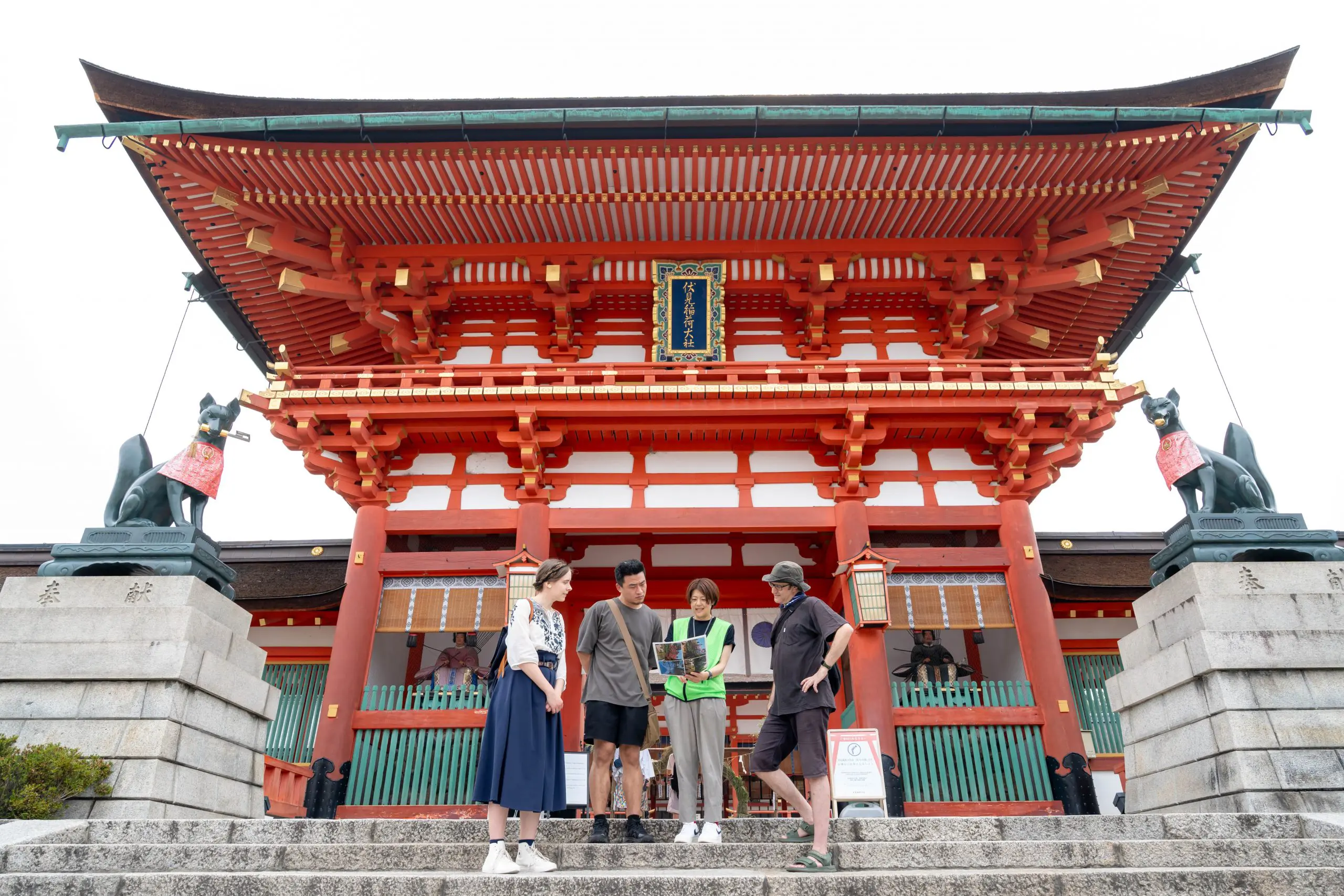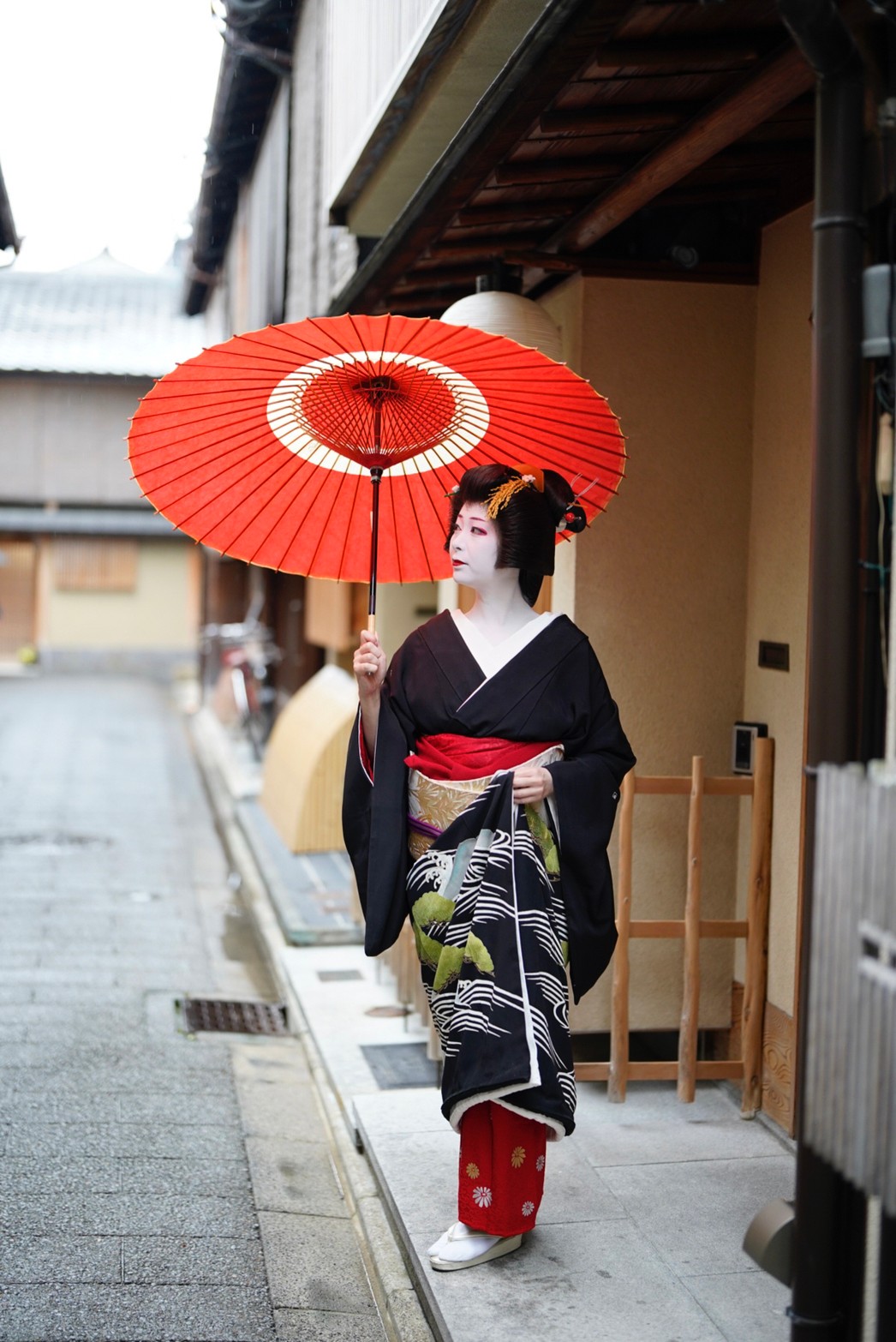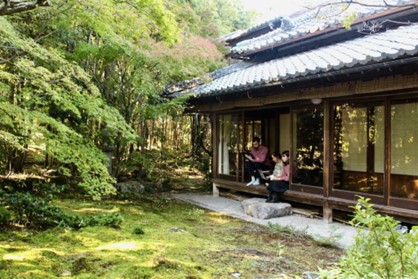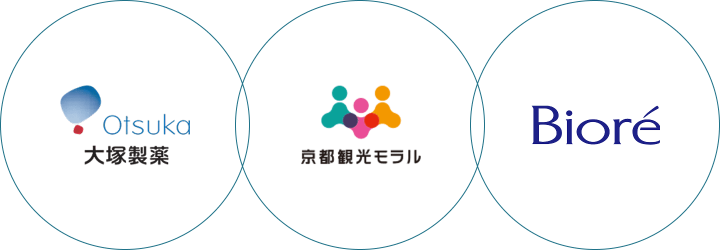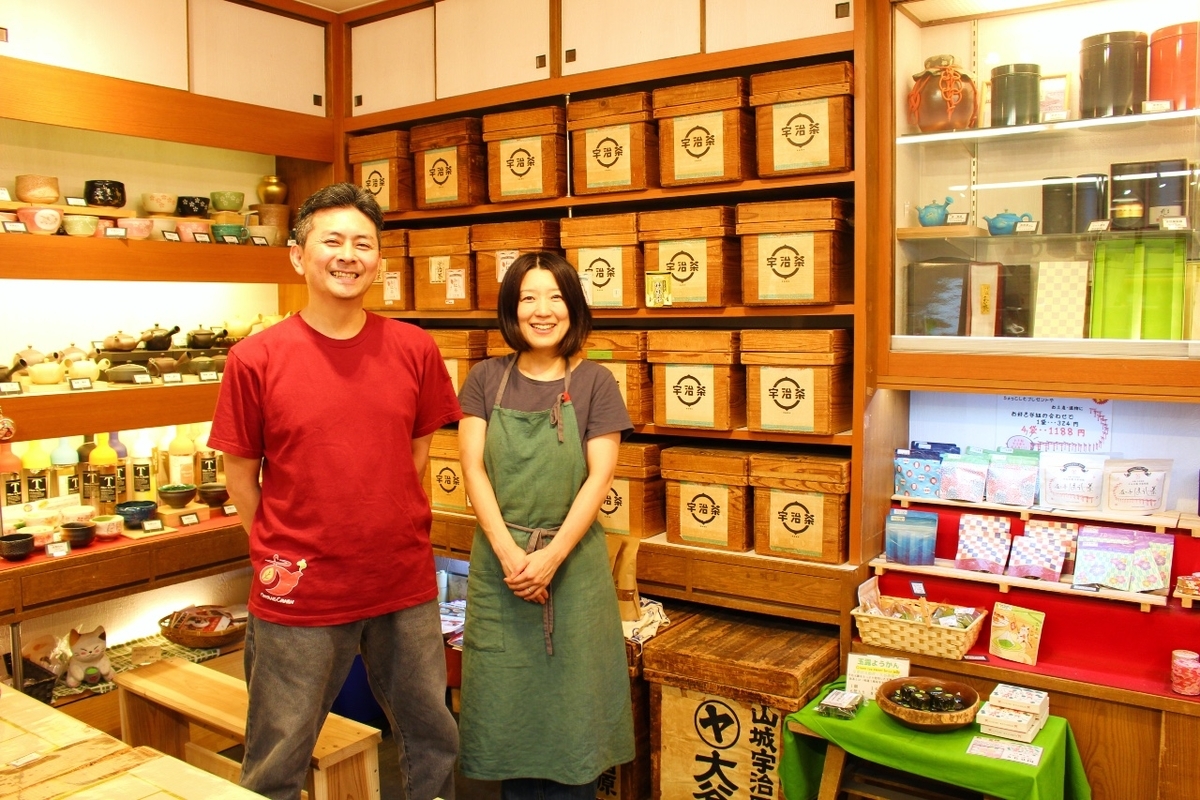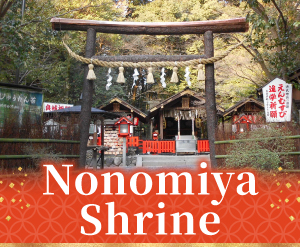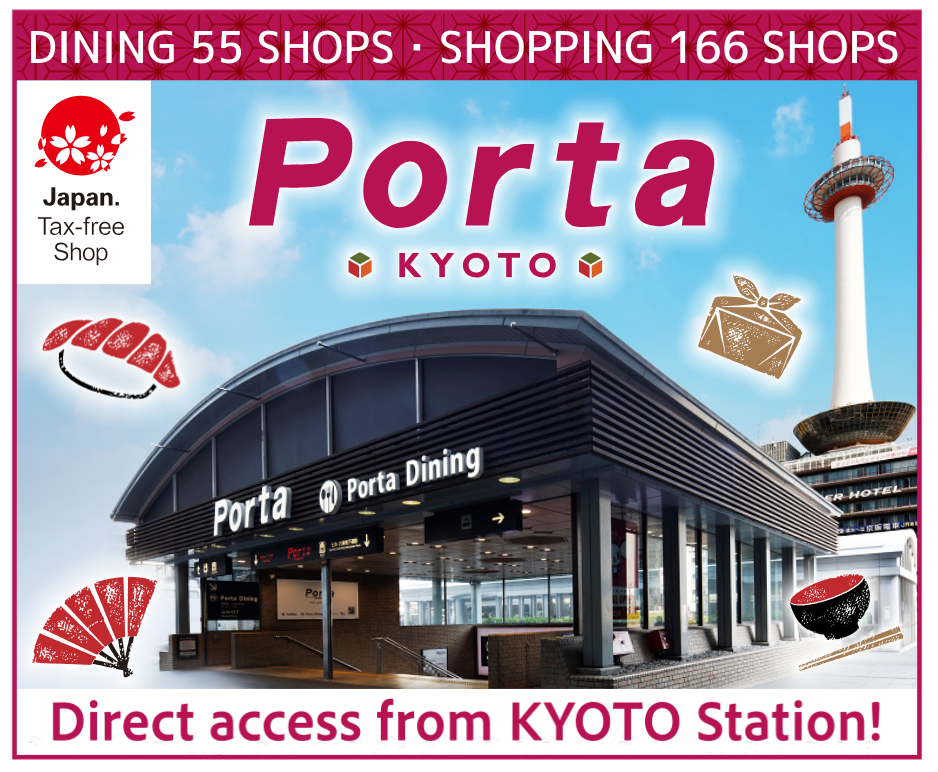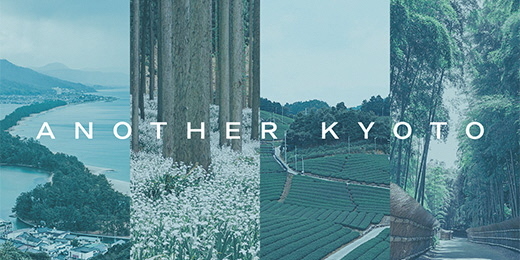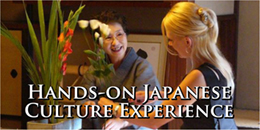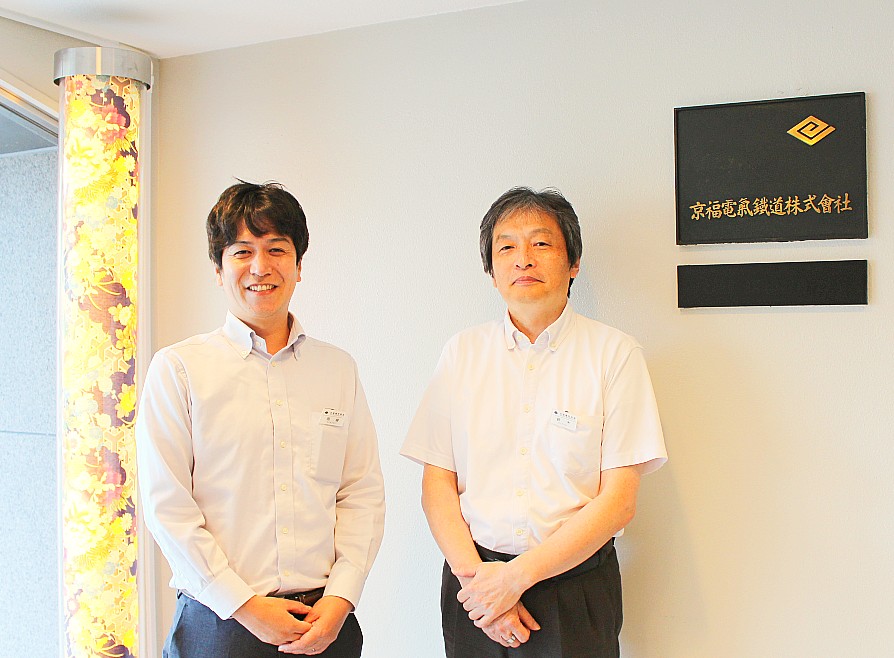
Left: Hiroshi Okazaki, right: Hiroyuki Suzuki
The Keifuku Line, affectionately known as “Randen,” consists of two branches, the Arashiyama Main Line, which connects Arashiyama with the city center, and the Kitano Line, which is dotted with lush greenery and famous temples, as well as the Eizan Cable Ropeway, which offers spectacular natural scenery from Yase to Mount Hiei.
Keifuku Electric Railroad Co., Ltd., which provides access to tourist destinations on both the east and west sides of Kyoto City, is currently working on various initiatives such as smooth transfers between various forms of transportation, barrier-free station access, and decentralization of tourism. The company has also been selected as a “Company Committed to Excellence in Ethical and Sustainable Tourism Business Practices” under the “Kyoto Guidelines for Sustainable Tourism” actively promoted by Kyoto City.
Company Committed to Excellence in Ethical and Sustainable Tourism Business Practices
What the “Randen” can do for areas along the line
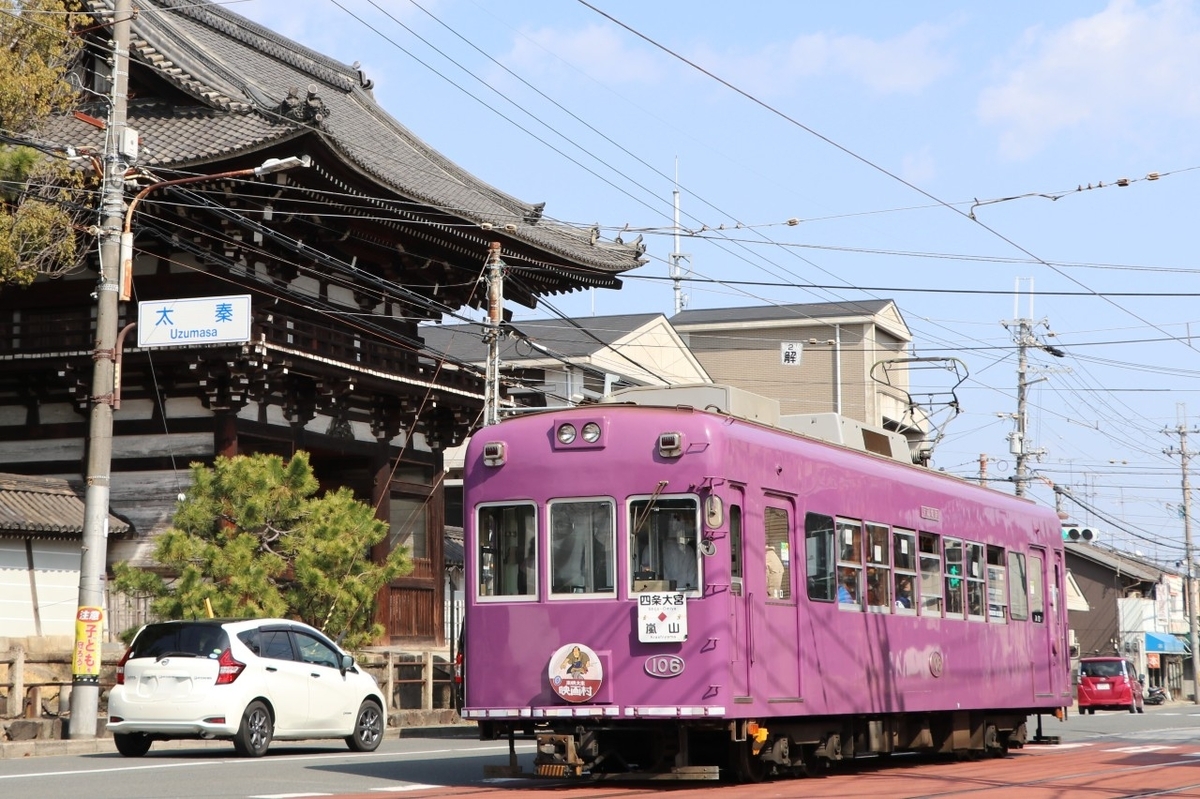
Photo courtesy of Keifuku Electric Railroad Co., Ltd.
Unlike the main forms of transportation for long-distance travel, such as bullet trains and airplanes, Randen is deeply rooted in the local community as a secondary means of transportation that connects transportation hubs and tourist destinations and helps local residents to get around in their daily life, commuting to work, going to school, and so on.
The Keifuku Electric Railroad’s two lines, Arashiyama Main Line and Kitano Line, known for their distinctive purple cars that run through the streets of Kyoto, are an essential part of the local public transport system. The trains have long been a familiar sight for local residents and tourists alike.
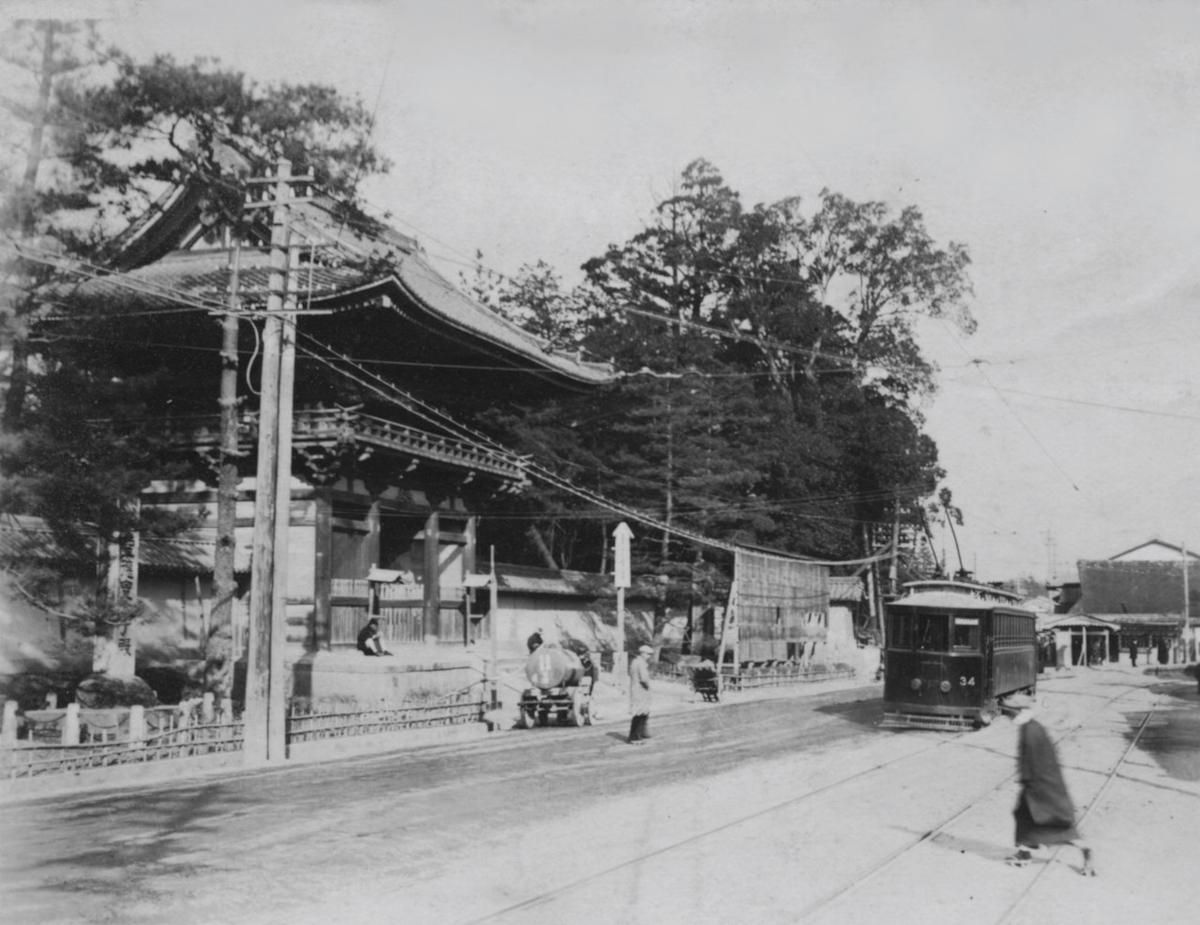
Photo courtesy of Keifuku Electric Railroad Co., Ltd.
The Arashiyama Main Line of the Keifuku Electric Railroad began operating in 1910 as the Arashiyama Electric Tram Railway. Subsequently, in 1918, the company was absorbed by Kyoto Electric Light, and in 1942, Keifuku Electric Railroad was established and took over the company’s operations. The Kitano Line was constructed by Kyoto Electric Light in 1925 and was taken over by Keifuku Electric Railroad along with the Arashiyama Main Line.
“The nickname ‘Randen’ has been affectionately used by the local community for many years, and it is derived from the Arashiyama Electric Tram Railway, which is a valuable asset to us,” agree Hiroyuki Suzuki, the head of the public relations department, and Hiroshi Okazaki, the section chief. Today, the name “Randen” continues to be used as the company’s official nickname.
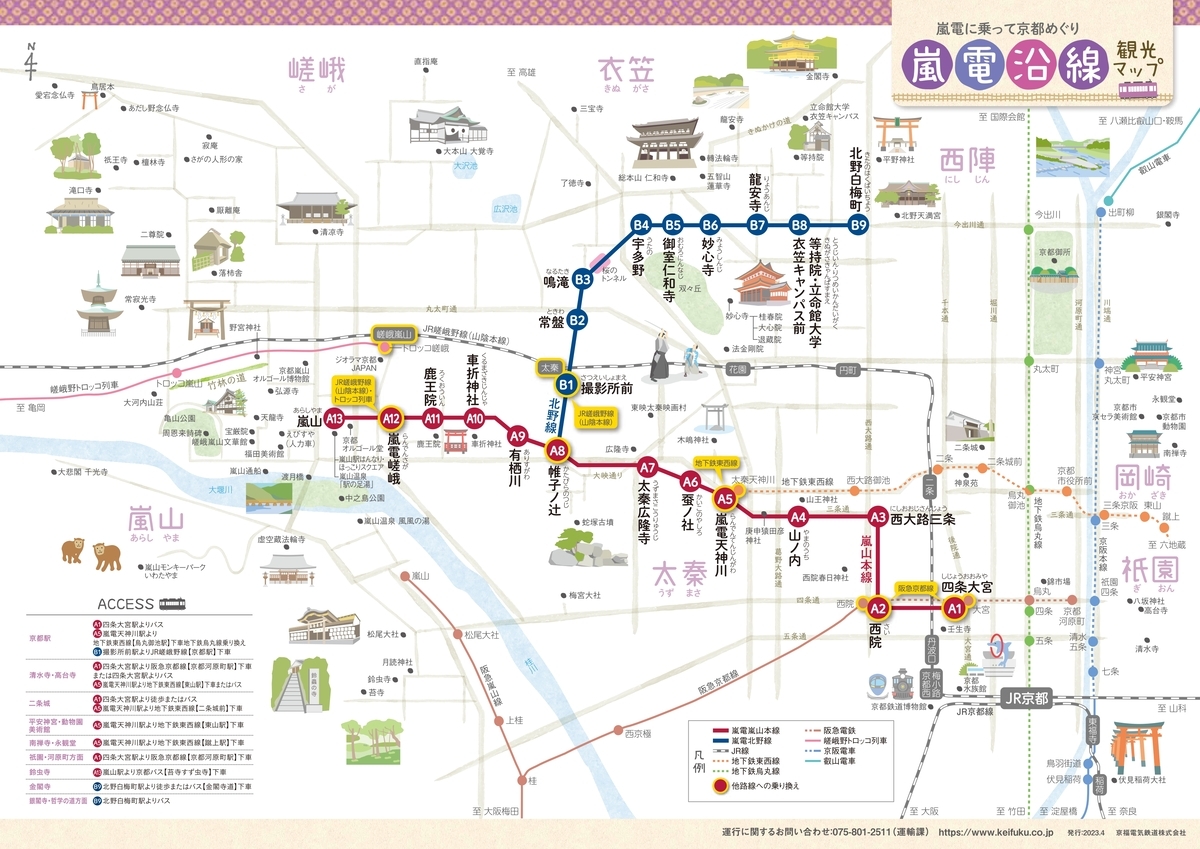
Photo courtesy of Keifuku Electric Railroad Co., Ltd.
Improving safety and service in both tangible and intangible aspects
Keifuku Electric Railroad is committed to facilitating smooth transfers between Randen and other public transport services, making stations barrier-free, and updating railroad crossing equipment, and the company has recently enhanced the safety and convenience of transfers by connecting the platforms of Sai Station on the Arashiyama Line and Saiin Station on the Hankyu Kyoto Main Line with an elevator.
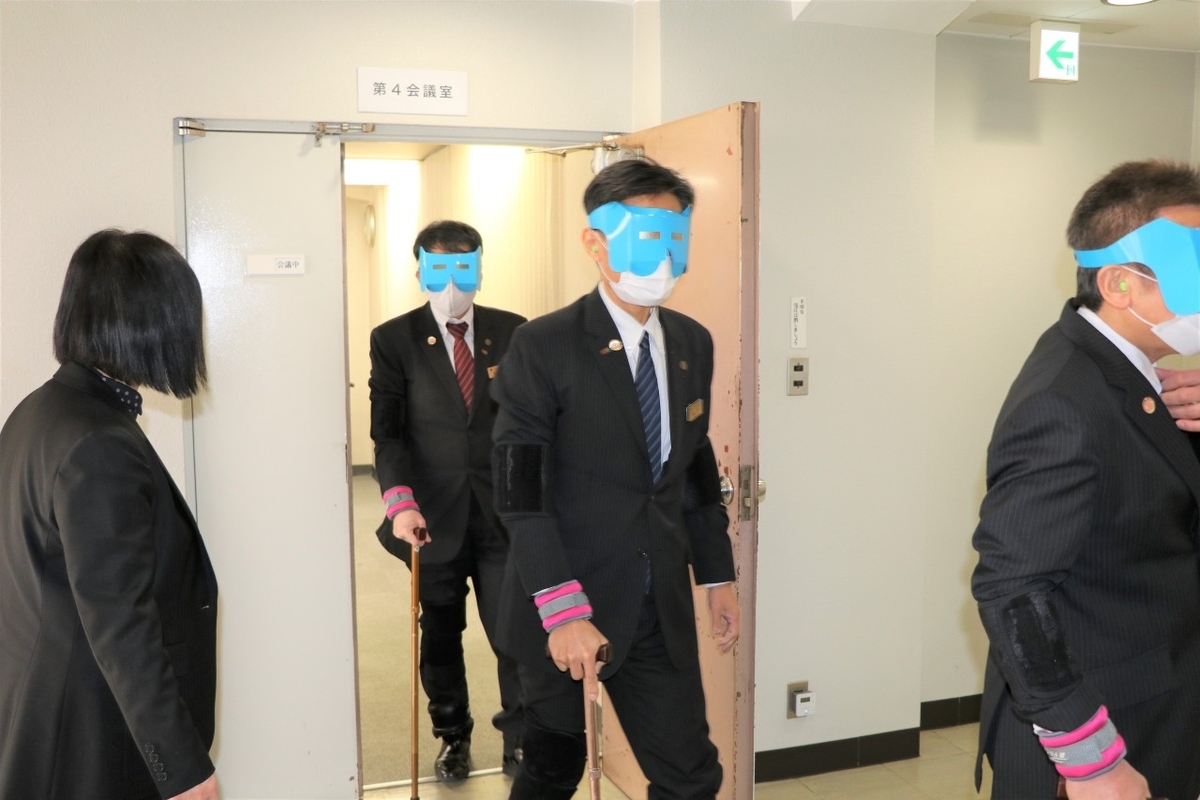
Staff members receiving service care worker training (simulated experience as elderly individuals) – Photo courtesy of Keifuku Electric Railroad Co., Ltd.
As part of the company’s aim to provide barrier-free customer service, employees who work directly with customers are working to become certified as qualified service care-fitters.
Employees from the head office also take part in training sessions to learn how to deal with people requiring assistance, such as elderly people with dementia, at the company and at train stations, with the aim of improving safety and service quality from both tangible and intangible aspects.
Decentralization of tourism and the creation of various mechanisms to attract people to the city during the off-season
While the increasing demand for inbound tourism is causing a problem of overcrowding in popular tourist destinations, the company is collaborating with the Enoshima Electric Railway, which also supports transportation in the ancient capital of Kamakura, to promote the decentralization of tourism under the theme of “Let’s Discover New Places.”
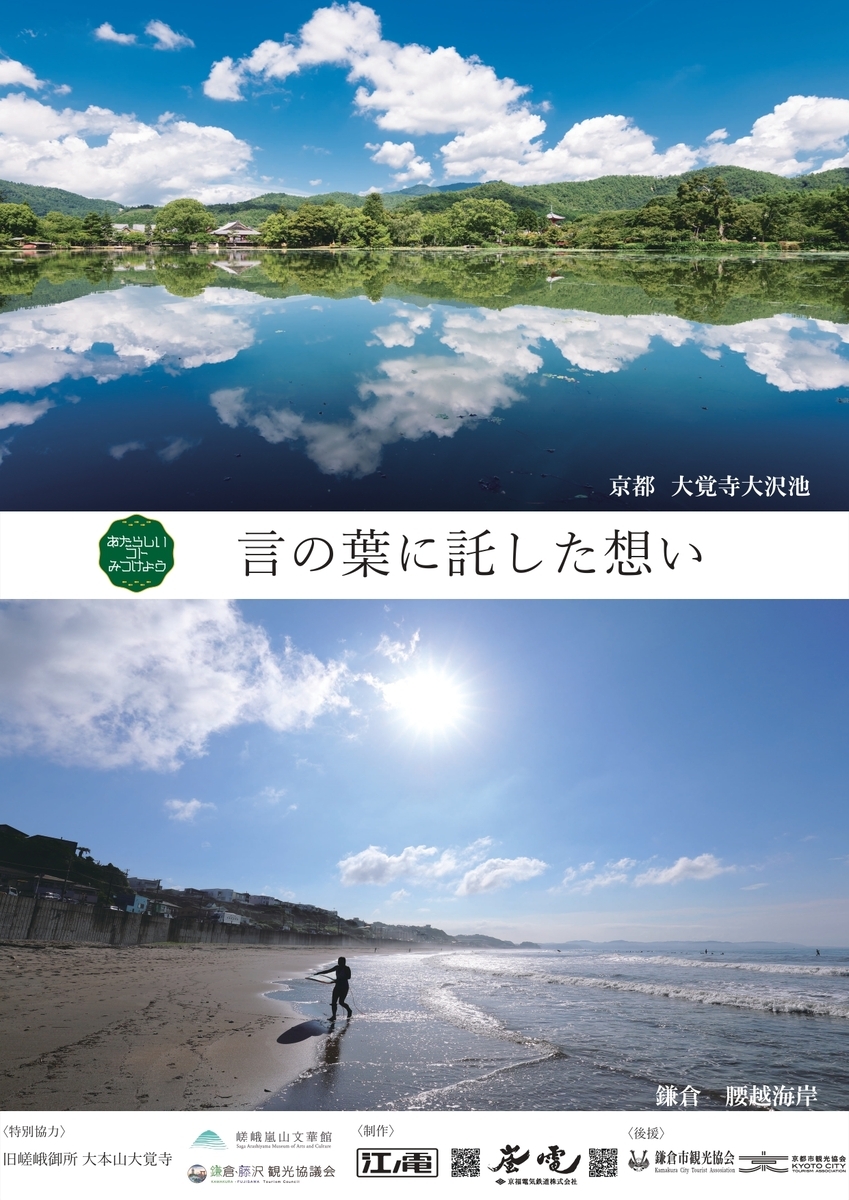
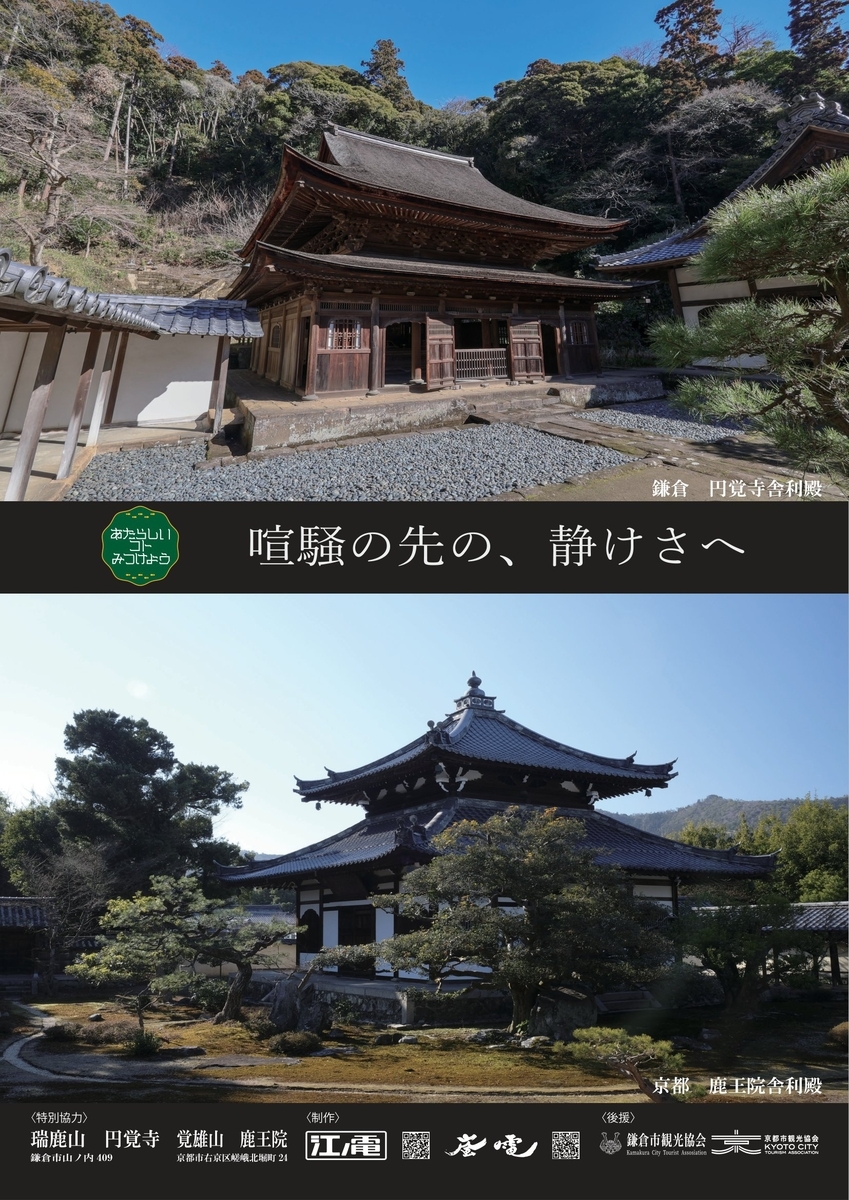
Photo courtesy of Keifuku Electric Railroad Co., Ltd.
“We want to introduce attractions that are just one more stop or one more step further from popular tourist destinations,” says Suzuki. As such, the company has produced a series of posters that contrast the scenery of the Rokuo-in Temple in Kyoto and the Engaku-ji Zen Temple in Kamakura, as well as the waterfront scenery of the Osawa-no-ike Pond at Daikaku-ji Temple in Kyoto and the Koshigoe Coast in Kamakura, under the slogan “To the tranquility beyond the hustle and bustle,” and its projects that link the visuals with the history and waka poetry of the locations have garnered a great deal of attention.
Quick to address the issue of decentralizing tourism and attracting customers during the off-season, one of their initiatives was the renovation of Arashiyama Station, which began in 2002. Faced with the number of visitors to the Arashiyama area plateauing from the early evening to night, they decided to allow shops inside the station to stay open until 8 p.m., and installed benches in the square, where people could congregate, as well as restrooms that can be used by people outside the ticket gates. Although initially there were some voices of concern, over time, the number of people using the station at night began to increase. In 2004, a footbath was set up at the station, and in 2013, a “Kimono Forest” was set up, consisting of rows of 600 pillars lined with colorful fabrics that have been dyed using the Kyo-yuzen technique for traditional kimono, creating a picturesque sight for visitors throughout the four seasons. Such initiatives that emphasize evening activities are helping to revitalize night tourism and decentralize tourism.
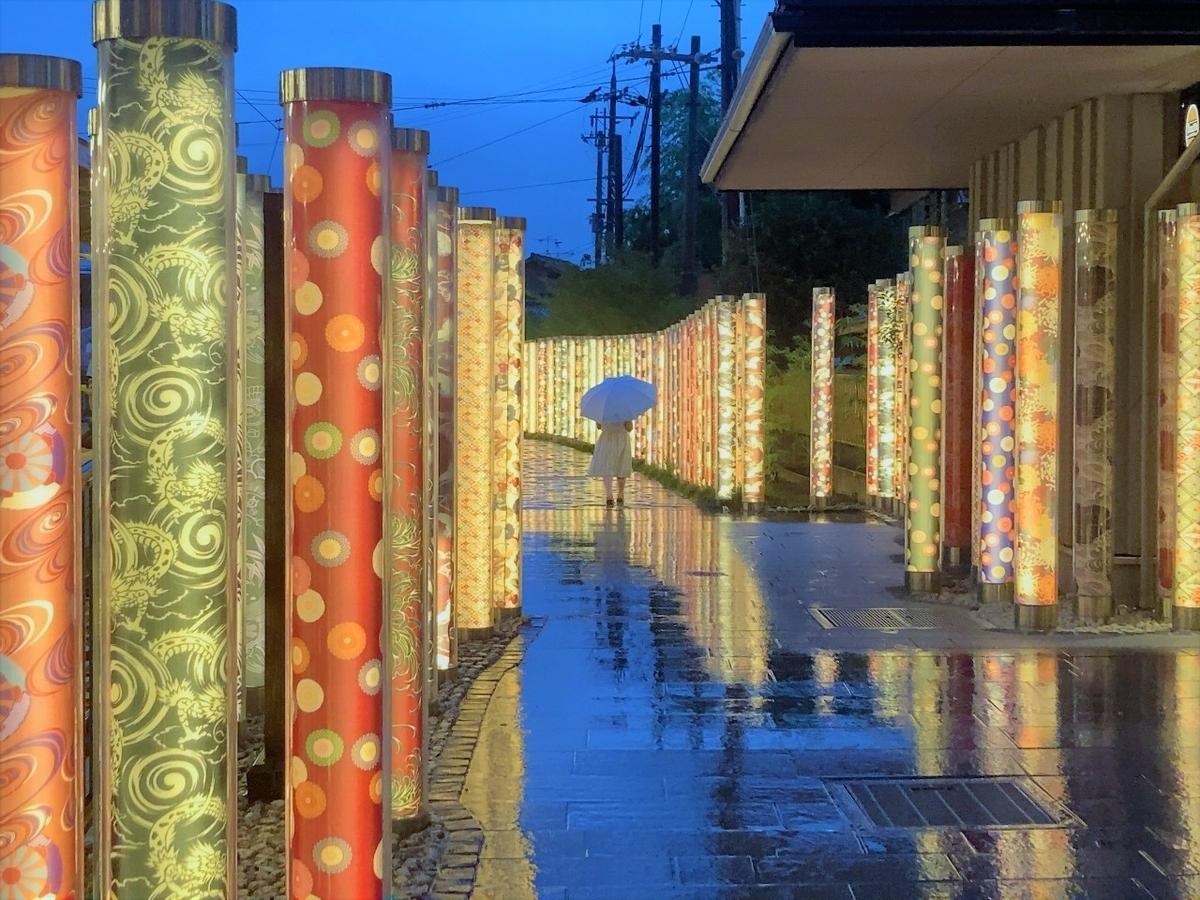
Photo courtesy of Keifuku Electric Railroad Co., Ltd.
Another famous attraction during the summer vacation season is the “Yokai Train” (Ghost Train). Planned in conjunction with the World Yokai Conference held at Toei Kyoto Studio Park in 2007, the event has continued to be held independently by Randen after receiving an overwhelmingly positive response. Initially, there were some logistical problems with staff members dressing up as ghosts and riding the train, but with the support and cooperation of many people, including the Yokai Art Group Hyaku-yo-bako, which aims to promote the local area with a yokai theme, and Kyoto Saga University of Arts, which is located along the train line, it has now become a regular event that families along the train line look forward to every summer.
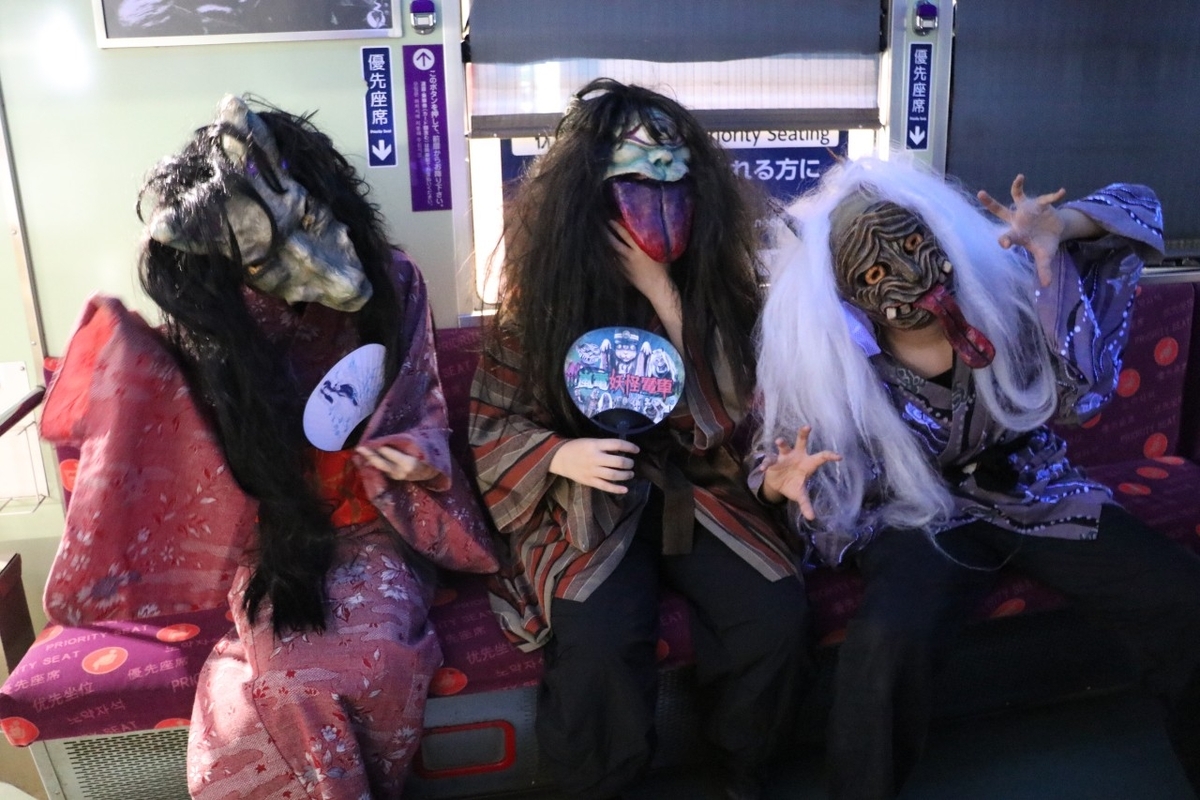
Photo courtesy of Keifuku Electric Railroad Co., Ltd.
Activities to preserve and cultivate "fujibakama" (Eupatorium japonicum) inspired by connections with the local community
Keifuku Electric Railroad has also made efforts to promote the areas along its railway lines, based on the belief that a railway company can only continue its business if the areas along its lines are thriving. Activities include events such as the “Randen Festival,” which provides opportunities for the local community to interact with each other, and the “Randen Classroom,” which gives elementary schools along the railway line, where the railway crossing is located on the way to school, the chance to hold traffic safety classes and take field trips to the railway depot.
Another activity is the “Randen Line Cooperative Greening Project,” which was launched to mark the 100th anniversary of the Randen railway line. The project started drawing on the initiatives of railway companies in other regions, but gradually, local residents began offering to water the plants along the railway lines while they were out tending their own gardens, and the project continued to develop as more and more local gardening enthusiasts began to use the spaces.
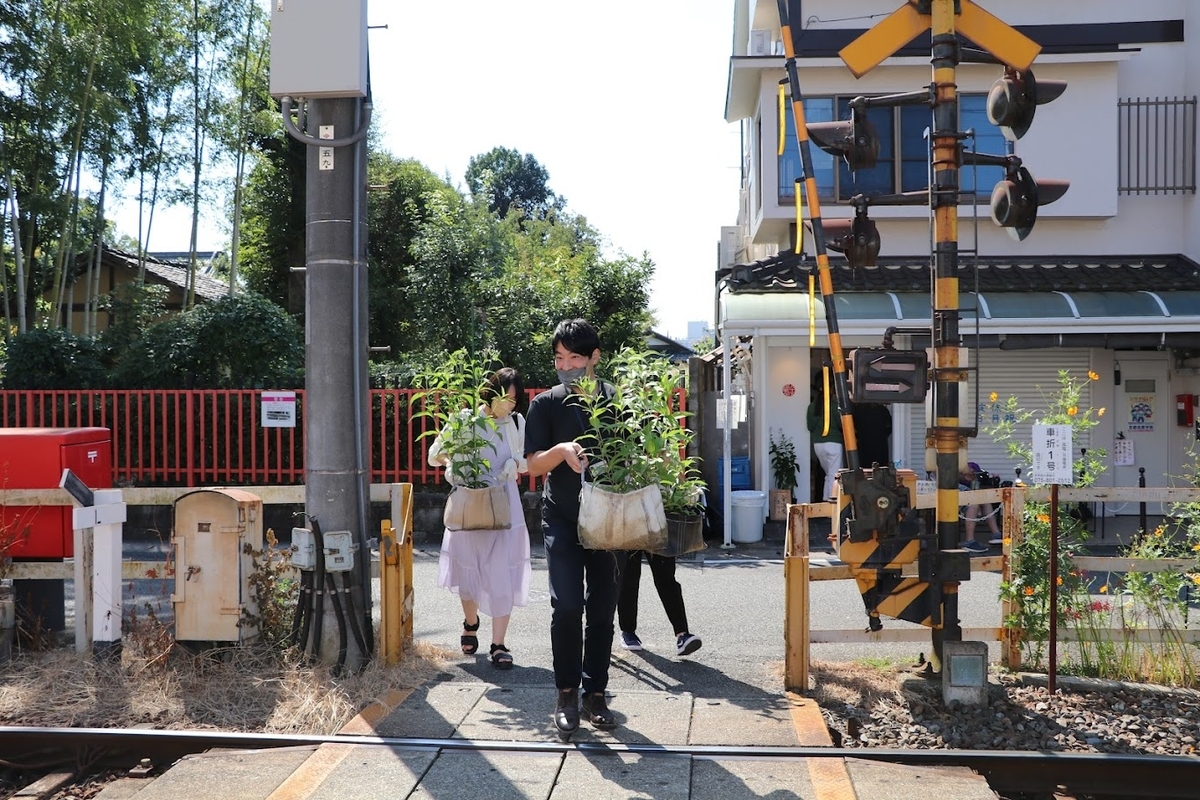
Photo courtesy of Keifuku Electric Railroad Co., Ltd.
Inspired by the greening efforts along the railway line, the company also joined in with the activities of Ritsumeikan University to preserve and cultivate fujibakama (Eupatorium japonicum), which has been designated as a critically endangered species in Kyoto Prefecture. The members of the project, which includes students, have been working together to gradually increase the number of plants, and the combination of purple flowers and purple tram cars is becoming a familiar sight in autumn.
The company also took over the production of the local “Tekuteku Uzumaki” map created by the people of the Uzumasa area and continues to publish it as the “Uzumasa Tekuteku Map”. The map also includes information on attractions that only people who live in the area would know about, and it encourages tourists to visit the town of Uzumasa to experience the atmosphere of everyday life in Kyoto.
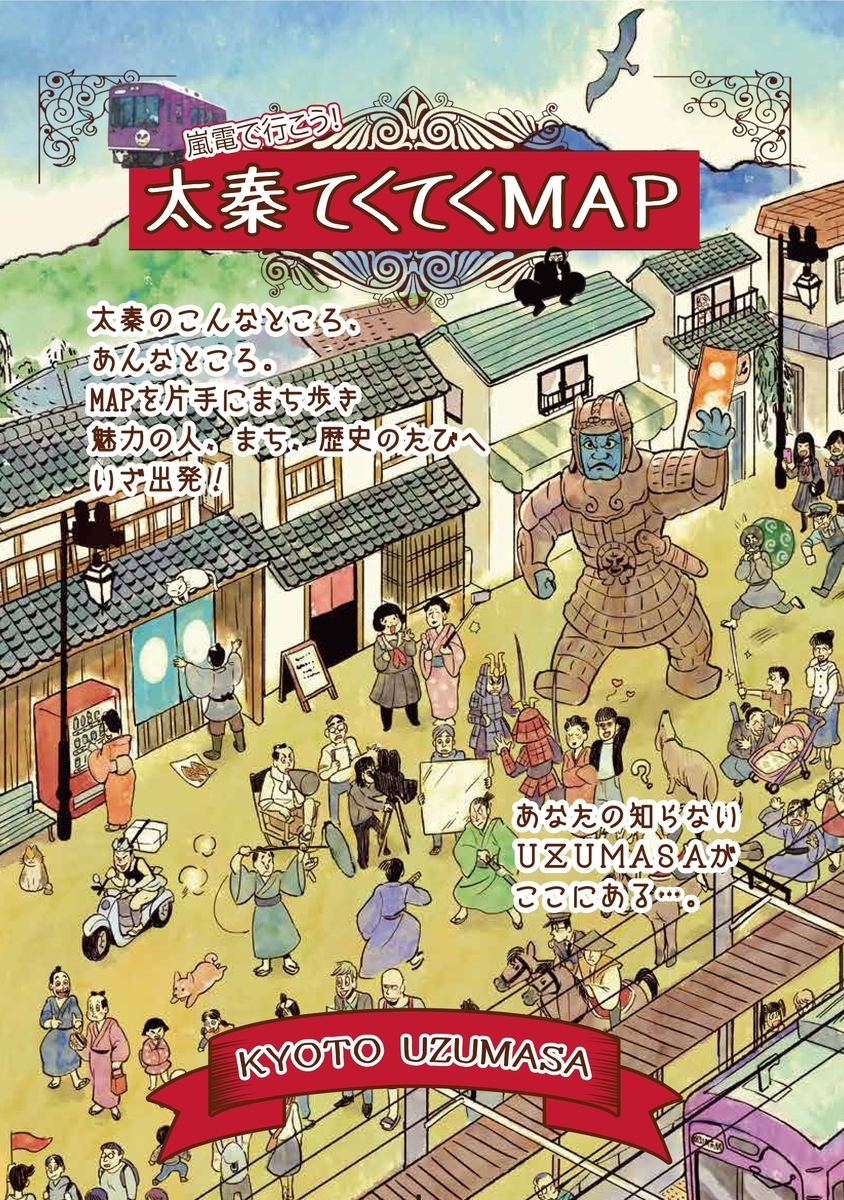
Photo courtesy of Keifuku Electric Railroad Co., Ltd.
Introducing new environmentally friendly tram cars as a railway that links the city's history to its future
In addition to its efforts to restore green spaces along its railway lines, such as its initiatives to preserve and cultivate fujibakama, the Keifuku Electric Railroad has acquired and retained “KES Environmental Management System Standard Step 2” certification since 2006, and is committed to establishing eco-offices and reducing waste.
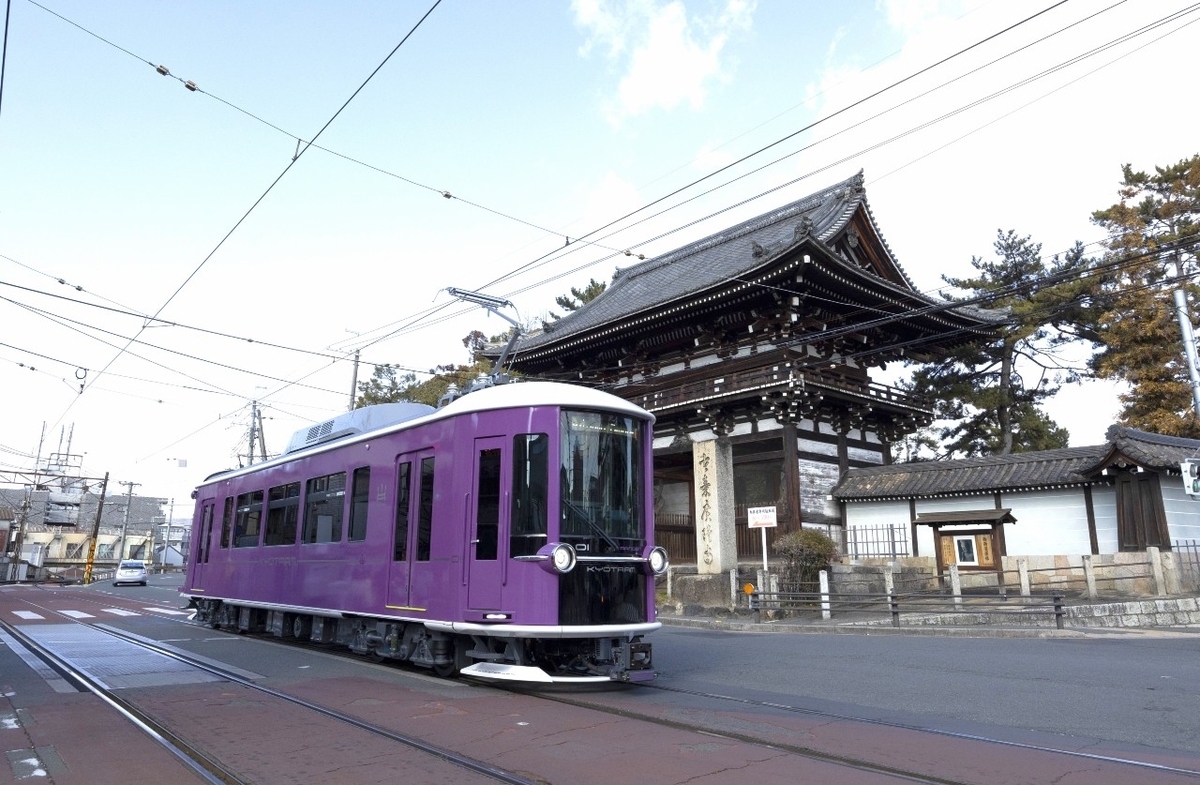
Photo courtesy of Keifuku Electric Railroad Co., Ltd.
In February 2025, the new “KYOTRAM” trains will be introduced. “Since we’re a small railway company, it’s been a quarter of a century since we introduced new tram cars,” says Mr. Okazaki with a smile. The tram cars have been designed to be barrier-free and to support multiple languages, and they also consume less power than conventional trams, which contributes to achievement of the SDGs.
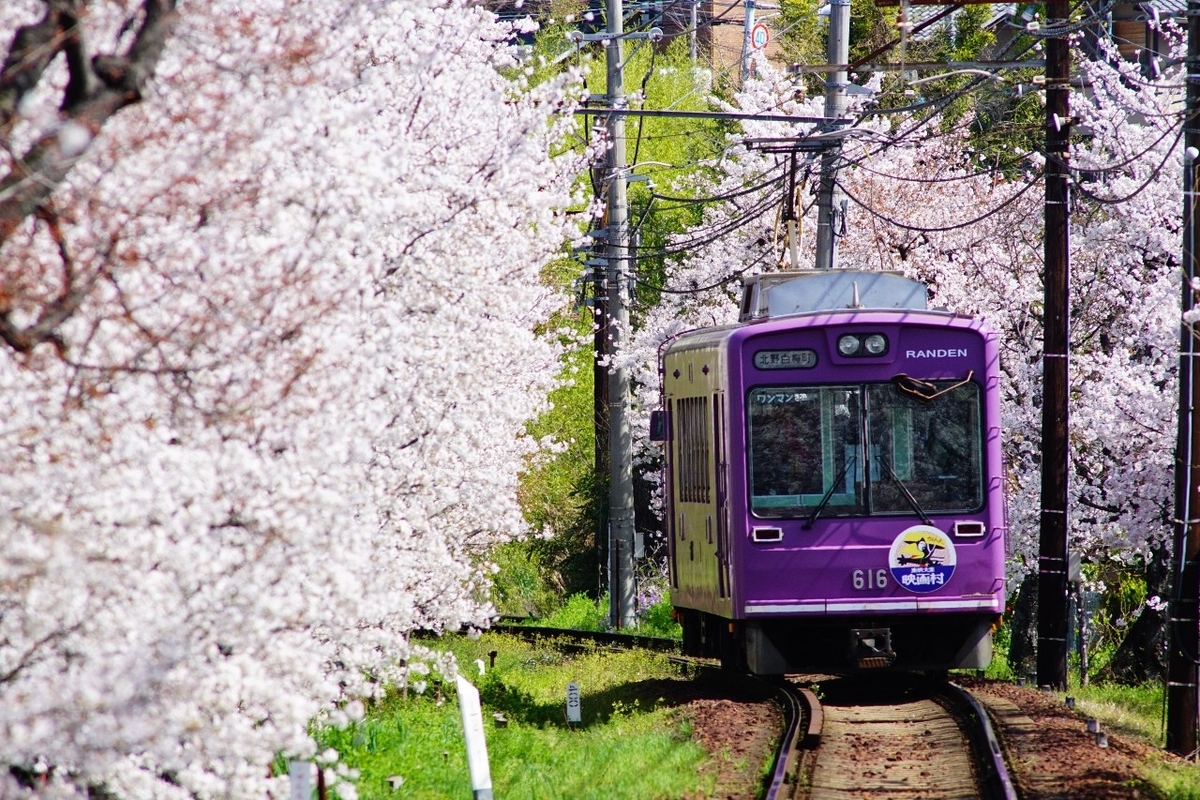
Photo courtesy of Keifuku Electric Railroad Co., Ltd.
There are many highlights to see along the line, and the “cherry blossom tunnel” on the Kitano Line (between Narutaki Station and Utano Station) is a glorious sight to behold in spring. Suzuki explains that “Actually, these weren’t planted by the company, but were donated by the local community when the Kitano Line first opened a century ago,” offering a glimpse of the history of the railway, which has been supported by the local community and is deeply rooted in the local area.
Rather than just visiting the famous sightseeing spots, why not enjoy another side of Kyoto, including the history and lifestyle of the towns along the railway line, as well as the modes of transport that connect them?
■Related links
